When it comes to cars, reliability isn’t just a feature—it’s a necessity. For many buyers, a vehicle’s dependability ranks higher than performance, luxury, or even price.
After all, no one wants to spend their time stranded on the side of the road, grappling with unexpected repairs or dealing with repair bills that rival monthly mortgage payments. Reliability brings peace of mind, confidence, and long-term value.
But the road to understanding which vehicles truly stand the test of time can be complicated. For every model that builds a legacy of durability, another emerges that leaves owners stunned and frustrated by breakdowns. This contrast is at the core of the automotive world, where engineering can either earn trust or erode it.
Throughout automotive history, certain vehicles have risen above the rest, not just lasting longer than expected, but doing so consistently across hundreds of thousands of miles and numerous owners. These are the champions of dependability—cars, trucks, and SUVs that keep going long after others have faded.
They become legends in their own right, passed down in families, cherished by enthusiasts, and studied by manufacturers trying to replicate their success. These reliable icons prove that great engineering, thoughtful design, and consistent maintenance can come together to create vehicles that are virtually unkillable.
On the flip side, some vehicles made bold promises but fell short in the harsh light of real-world usage. Some looked great on paper and received glowing early reviews, only to develop catastrophic mechanical or electronic issues that turned them into nightmares for owners.
These vehicles didn’t just fail quietly—they shocked drivers who had every reason to expect something better. Whether it was due to rushed production, poor component quality, or design flaws that weren’t discovered until years later, these breakdown-prone models remind us that reputation doesn’t always align with performance.
This article takes a deep dive into two very different kinds of vehicles. First, we explore five models that broke records for reliability—cars that routinely reach 300,000 miles or more, often with nothing more than standard maintenance.
These vehicles didn’t necessarily win style awards or dominate headlines when they launched, but over time, they earned their places as benchmarks of endurance. From the Toyota Corolla and Honda Civic to the unexpectedly rugged Ford F-150, these models demonstrate what it means to be built to last.
Then, we’ll turn our attention to the other side of the coin—five vehicles that shocked everyone with their breakdowns. These weren’t obscure flops or limited production oddities; they were often mainstream models from trusted manufacturers, aimed at mass-market buyers.
What makes them stand out isn’t just that they failed, but how widely and unexpectedly they did so. In many cases, these breakdowns resulted in expensive repairs, class action lawsuits, and long-term damage to brand reputations.
By comparing these ten vehicles—five champions of durability and five cautionary tales—we get a clearer picture of what separates a genuinely reliable car from one that just looks good on the surface. It’s a reminder that reliability isn’t about flashy marketing or the latest tech, but about long-term performance in the real world.
This exploration also reinforces the importance of research, owner maintenance, and attention to a vehicle’s design and track record before making a buying decision.
So, whether you’re a current owner reflecting on your experience, a prospective buyer hunting for a smart investment, or simply a car enthusiast fascinated by the extremes of automotive performance, this list is for you. These ten vehicles reveal the best and worst of what the auto industry has delivered over the years—and what we can learn from both.
Also Read: Top 10 EV Features That Come in Useful in Daily Commute
5 Vehicles That Broke Records for Reliability

1. Toyota Corolla (Various Generations)
The Toyota Corolla is nothing short of an icon when it comes to automotive dependability. Introduced in 1966, it quickly became a global bestseller, not just because of its affordability, but also due to its simplicity and longevity.
Toyota engineered the Corolla to be easy to manufacture and even easier to maintain, which translated into fewer moving parts, less complexity, and reduced risk of failure over time.
Throughout its many iterations, especially those built in the late 1990s and early 2000s, the Corolla continued to carry its reputation forward, showing that practicality and dependability often go hand in hand.
What sets the Corolla apart is its near-legendary ability to deliver hundreds of thousands of trouble-free miles. Owners frequently report crossing the 250,000- and even 300,000-mile marks with nothing more than regular oil changes, occasional brake work, and basic scheduled maintenance.
Its powertrains, while never the most thrilling, are incredibly well-tested and conservative in design. Many Corolla models came equipped with small, naturally aspirated engines like the 1.8-liter 1ZZ-FE, known for its long service life and minimal wear when treated with even moderate care. Additionally, its transmission options—whether manual or automatic—are designed for durability over drama.
Perhaps the most remarkable aspect of the Corolla’s reputation is its consistency across generations and geographic markets. Whether driven in humid Southeast Asia, freezing Canada, or high-altitude roads in South America, the Corolla has proven itself adaptable and resilient. It’s a favorite among taxi fleets, delivery drivers, and budget-conscious commuters alike.
This widespread trust is not just a result of Toyota’s engineering prowess, but also the global support network and abundance of replacement parts that make it easy and affordable to keep a Corolla running for decades.
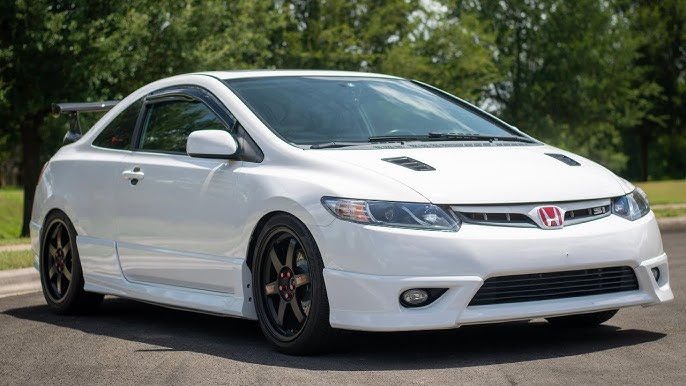
2. Honda Civic (Various Generations)
The Honda Civic has earned its place in the automotive hall of fame as one of the most reliable and fuel-efficient compact cars ever made. Debuting in 1972, the Civic quickly captured attention for being affordable and ahead of its time, particularly in emissions technology.
But over the decades, it became most known for its incredible staying power. Models from the late 1990s through the early 2000s—especially the sixth and seventh generations—are considered some of the most dependable vehicles ever produced. These Civics proved that you didn’t need a large engine or high price tag to own a car that could go the distance.
Honda’s engineering philosophy centers on simplicity, precision, and efficiency—qualities that are perfectly embodied in the Civic.
The engines, such as the D16Y8 or the later R18 series, are known for their ability to run smoothly well past 300,000 miles with basic maintenance. Timing belts, spark plugs, and filters are easy to access, which keeps long-term maintenance costs low.
Many enthusiasts and DIYers have built long-term relationships with their Civics because the cars not only perform well, but they also allow owners to work on them without needing advanced mechanical expertise. That’s rare in modern cars.
What truly cements the Civic’s reputation for reliability is the sheer number of them still on the road after decades of use. In urban areas, rural towns, and everything in between, it’s common to see 20-year-old Civics in daily use.
Even when neglected, these cars often continue to run—albeit less efficiently—showing just how much engineering margin Honda built into them.
They are frequently modified by enthusiasts, used as first cars for teenagers, and even turned into long-distance commuters. Few vehicles inspire such multi-generational loyalty while maintaining a reputation for being virtually indestructible.
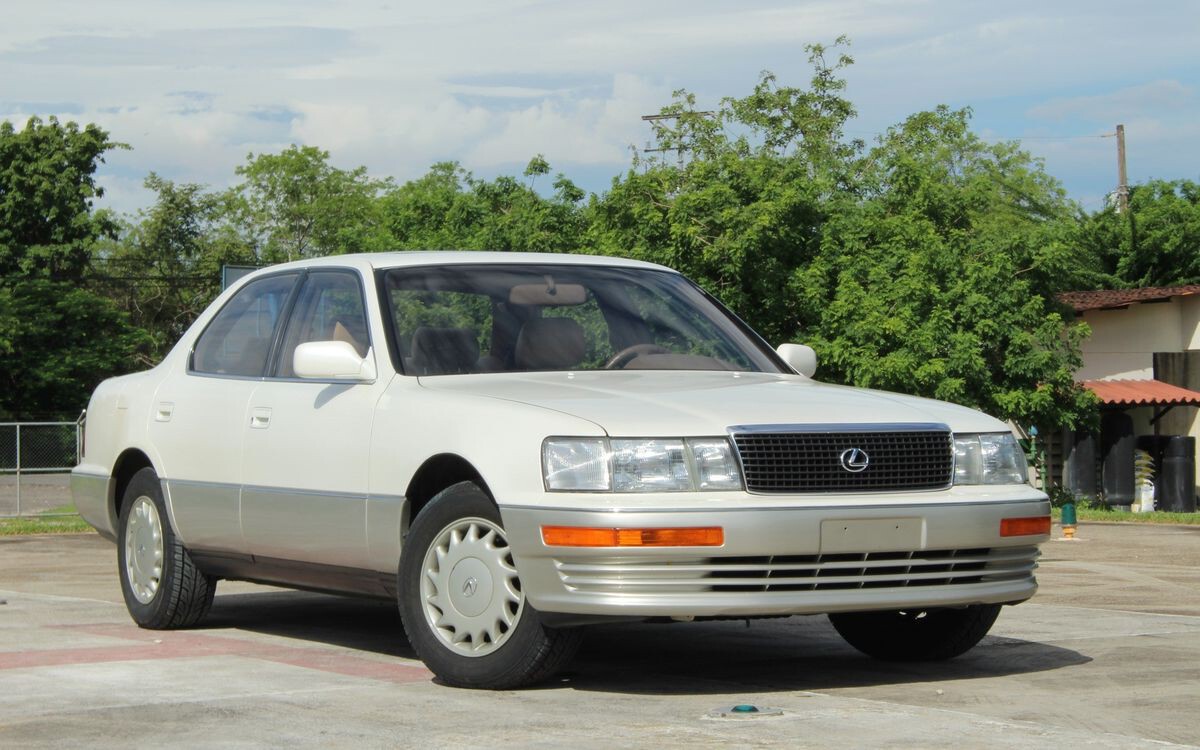
3. Lexus LS 400 (1990–1994 Models)
When Toyota launched the Lexus LS 400 in 1989, it was a revelation in the luxury automotive market. Built to challenge the dominance of German brands like Mercedes-Benz and BMW, the LS 400 didn’t just compete—it changed the game.
While rivals offered prestige and performance, Lexus brought silence, comfort, and long-term dependability to a segment not known for it. The LS 400 was meticulously over-engineered, with Toyota spending billions of dollars to create a flagship that would not only look and feel luxurious but also outlast anything else in its class.
The 1UZ-FE engine—a 4.0-liter V8—was a key factor in the LS 400’s incredible reliability. Designed to be smooth, powerful, and practically indestructible, this engine has been known to run for over half a million miles with routine maintenance. The transmission, suspension, and climate control systems were also designed with high tolerances and durability in mind.
Unlike its European contemporaries, the LS 400’s electronics rarely failed, and its body panels and interior components aged gracefully. It was a car that didn’t just survive time; it embraced it. Even now, original LS 400s from the early ’90s are known to be in near-factory condition after 30 years.
The most impressive aspect of the LS 400’s record-setting reliability is that it came from a brand that was brand new at the time. Lexus didn’t just create a dependable car—they redefined what reliability meant in the luxury market.
Many high-mileage LS 400s are still driven today with pride, and the model has developed a cult following among those who understand just how special it is. In the years since, Lexus has continued to build on this legacy, but the original LS 400 remains a benchmark in engineering excellence and a perfect example of luxury that lasts.
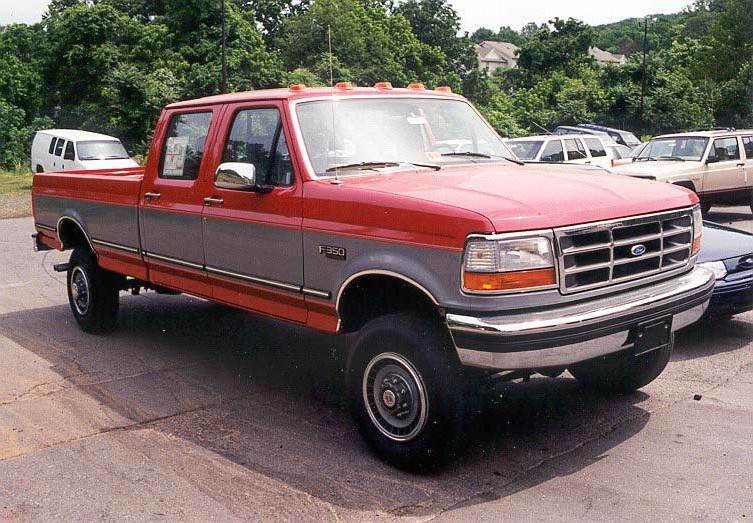
4. Ford F-150 (1970s–1990s Models)
The Ford F-150 is a symbol of American resilience—and not just in marketing terms. It’s been the best-selling vehicle in the U.S. for decades, and a big reason for that dominance is its legendary reliability, especially in models produced from the late 1970s through the 1990s.
These trucks were built to work—no-nonsense vehicles with strong engines, solid frames, and straightforward systems that were easy to fix and maintain. For farmers, tradespeople, and anyone in need of a durable tool on wheels, the F-150 earned its stripes the hard way: on the job.
At the heart of the F-150’s longevity is its engine lineup. The 4.9L inline-six, 5.0L V8, and 5.8L V8s were mechanical marvels in their own right. They weren’t the most fuel-efficient or refined, but they could take abuse like few others. These engines regularly ran for 300,000 miles or more with basic oil changes and cooling system care.
Paired with simple, durable transmissions like the C6 and later the E4OD, these powertrains were built to haul, tow, and push through harsh environments without complaint. That reliability made the F-150 the backbone of small businesses and large fleets alike.
What truly set the F-150 apart was how well it adapted to different uses while keeping its mechanical integrity. Whether it was used as a rural workhorse or an urban hauler, the truck earned its keep day in and day out. Parts were always easy to find, the repair process was familiar to most mechanics, and the frame and suspension could take serious punishment.
It wasn’t flashy or tech-laden, but it delivered where it counted. The long-running dependability of the F-150 cemented Ford’s place in American culture and made the truck a record-setter for reliability in the real world, not just in ads.
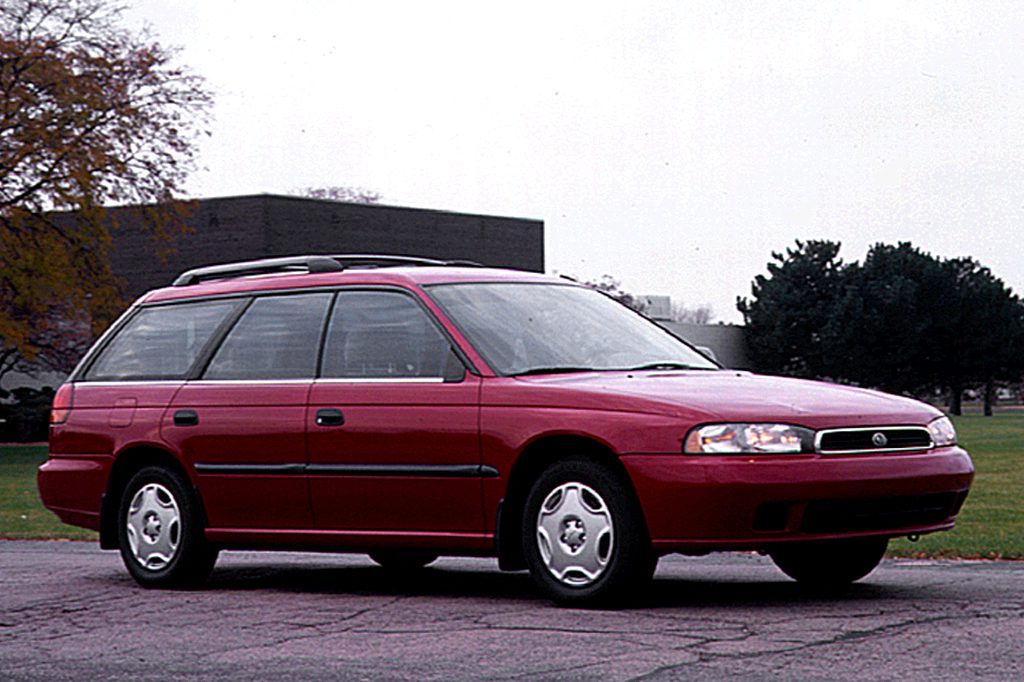
5. Subaru Outback (Late 1990s–Early 2000s Models)
The Subaru Outback emerged in the late 1990s as an answer to a growing market: buyers who wanted the space and utility of an SUV without giving up the handling and efficiency of a car.
But what Subaru ended up creating was more than just a crossover—it was a dependable, rugged companion that found its way into the hearts of outdoorsy types, urban families, and reliability seekers alike. Especially in its second and third generations, the Outback proved that you didn’t need a truck to get longevity and all-weather confidence.
Central to the Outback’s reputation was its use of Subaru’s signature flat-four boxer engine and symmetrical all-wheel-drive system. These two features gave the Outback exceptional stability in snow, rain, and rough terrain, and made it ideal for regions with harsh winters or dirt roads.
While some models faced head gasket issues—a well-documented flaw in early 2000s models—owners who addressed this problem early on were rewarded with vehicles that could go 250,000 miles or more with ease. Many owners report using their Outbacks for cross-country trips, mountain travel, and even towing, all without major failures.
The Outback’s interior was also built to withstand wear and tear, and its wagon-style layout gave it more flexibility than most compact SUVs of its time. Families loved the cargo space and comfortable seating, while adventurers appreciated the high ground clearance and rugged suspension.
Its mechanical accessibility made it a favorite among home mechanics, especially in Subaru-stronghold areas like the Pacific Northwest and New England. The Outback didn’t just last—it became a trusted member of the household, a go-anywhere machine that offered durability without the bulk of a traditional SUV.
5 Vehicles That Shocked Everyone With Breakdowns
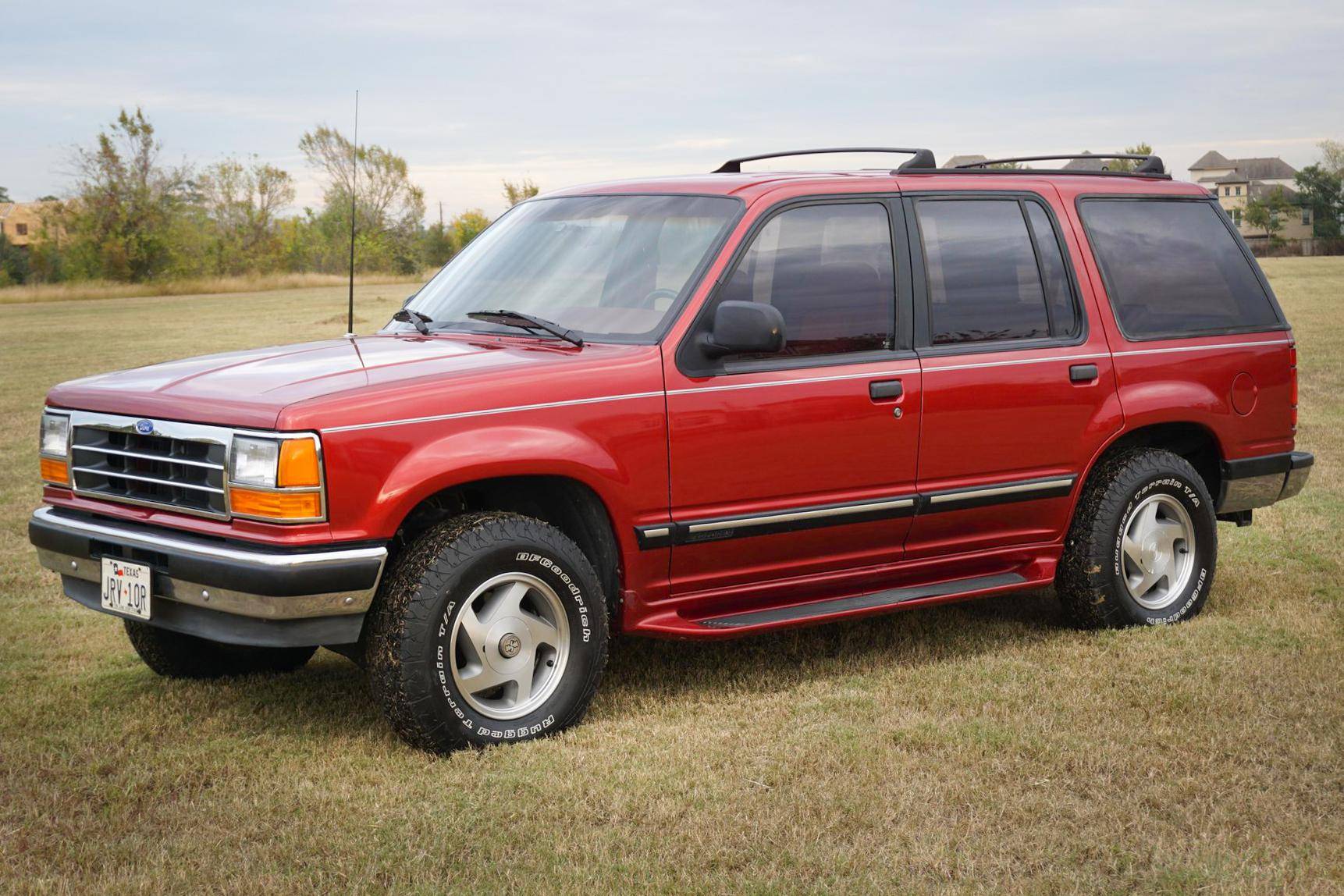
1. Ford Explorer (Early 2000s Models)
At the turn of the millennium, the Ford Explorer was riding high on its status as one of America’s favorite family SUVs. It had solidified its presence in driveways across the country, promising comfort, space, and rugged utility. Consumers trusted the nameplate because of its long-standing success through the 1990s.
However, with the introduction of the third-generation Explorer (2002–2005), things began to unravel. The vehicle’s structural redesign and new engine options seemed like a step forward, but under the surface, reliability took a noticeable dive.
One of the Explorer’s most persistent issues was its notoriously unreliable transmission. Many owners began reporting failure well before the 100,000-mile mark, with some transmissions giving out as early as 60,000 miles. These weren’t isolated incidents either—transmission problems became so widespread that they contributed to a noticeable dip in resale value and owner satisfaction.
The automatic transmission was particularly prone to slipping, delayed shifting, and total failure, requiring expensive rebuilds or replacements that cost thousands of dollars. For an SUV marketed as a family-friendly, go-anywhere machine, these issues were more than just inconvenient—they were financially and emotionally draining.
In addition to the drivetrain problems, the Explorer suffered from various electrical and suspension faults. Many drivers experienced repeated issues with wheel bearings, tie rods, and the electronic control systems responsible for power windows and locks.
The compounding nature of these problems shocked buyers who had purchased the Explorer based on its long-standing reputation. Ultimately, what was once seen as a dependable SUV choice became a cautionary tale in how brand loyalty can be undermined by a single poorly executed generation.

2. Jeep Liberty (2002–2007)
The Jeep Liberty was introduced in 2002 to fill the gap between the rugged Cherokee and the more upscale Grand Cherokee. With its boxy styling, off-road pedigree, and mid-size profile, the Liberty seemed to hit the sweet spot for adventurers and urban drivers alike.
It was supposed to combine Jeep’s legendary capability with modern comfort. However, the Liberty quickly developed a reputation not for durability, but for frequent, unpredictable breakdowns that left even the most loyal Jeep fans scratching their heads.
The Liberty’s 3.7L V6 engine and four-speed automatic transmission were common sources of complaints. Premature timing chain issues, oil sludge buildup, and catastrophic engine failures all appeared with alarming frequency.
Even the model’s diesel variant, praised for its torque and towing ability, was plagued by turbo failures and complex emissions-related problems.
Meanwhile, the automatic transmission was prone to harsh shifts and complete failure, often requiring replacement before 100,000 miles. Many owners found themselves facing massive repair bills for powertrains that simply didn’t live up to the Jeep brand’s durability promise.
Electrical gremlins added to the Liberty’s downfall. From faulty window regulators and failing door locks to dashboard lights and instrument cluster malfunctions, the vehicle seemed to constantly suffer from small but persistent annoyances that undermined the driving experience.
These problems weren’t just inconvenient—they eroded trust. Buyers had come to Jeep expecting rugged reliability and instead got a vehicle that demanded near-constant attention and costly repairs. By the end of its production run in 2012, the Liberty had lost the goodwill it had started with, becoming more a cautionary tale than a success story.
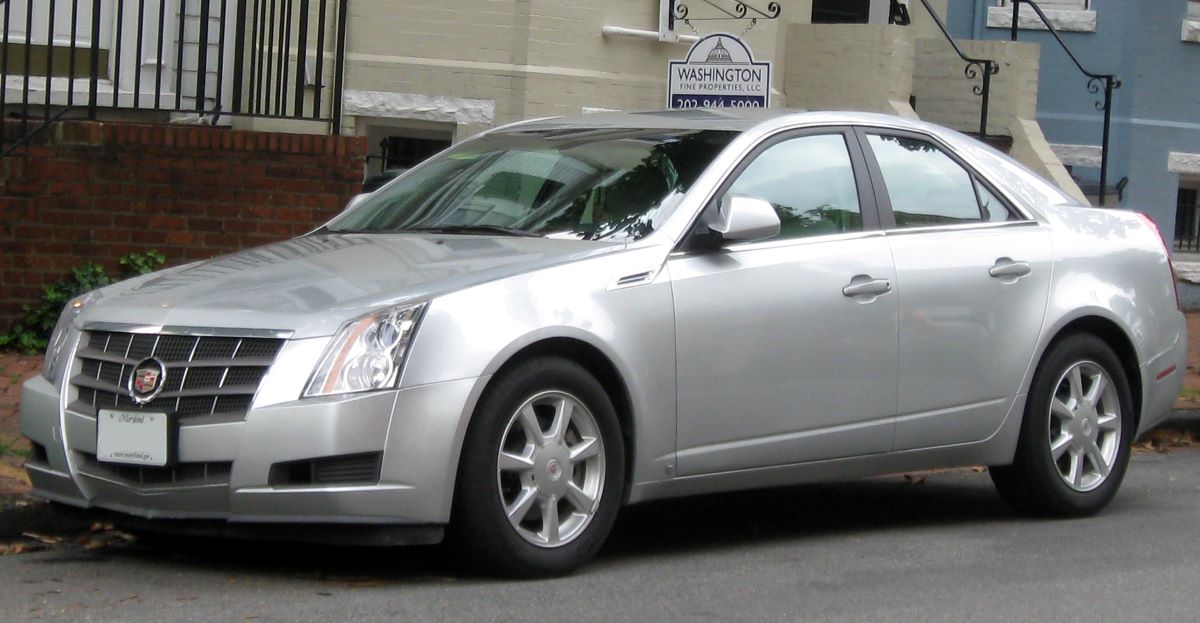
3. Cadillac CTS (2003–2007)
When Cadillac launched the CTS in 2003, it marked a bold attempt to reinvent the brand for a younger, more performance-oriented market. With edgy styling, rear-wheel drive, and the promise of German-style handling wrapped in American luxury, the CTS seemed like the start of a new era for GM’s luxury division.
But while the car made waves for its design and driving dynamics, it quickly raised eyebrows for all the wrong reasons when it came to reliability. Owners were soon facing a host of serious issues that contradicted the brand’s promise of high-quality refinement.
One of the biggest surprises came in the form of severe engine and timing chain failures. Early CTS models with the 3.6L V6 engine developed timing chain stretch problems that triggered check-engine lights and often required complete replacements—an expensive fix on a luxury vehicle.
Water pumps and radiators also had an unusually high failure rate. And while Cadillac attempted to address some of these issues with service bulletins and improved parts, many owners had already suffered major mechanical failures before the fixes were in place.
These breakdowns caught customers off guard, especially those expecting the Cadillac name to stand for lasting luxury.
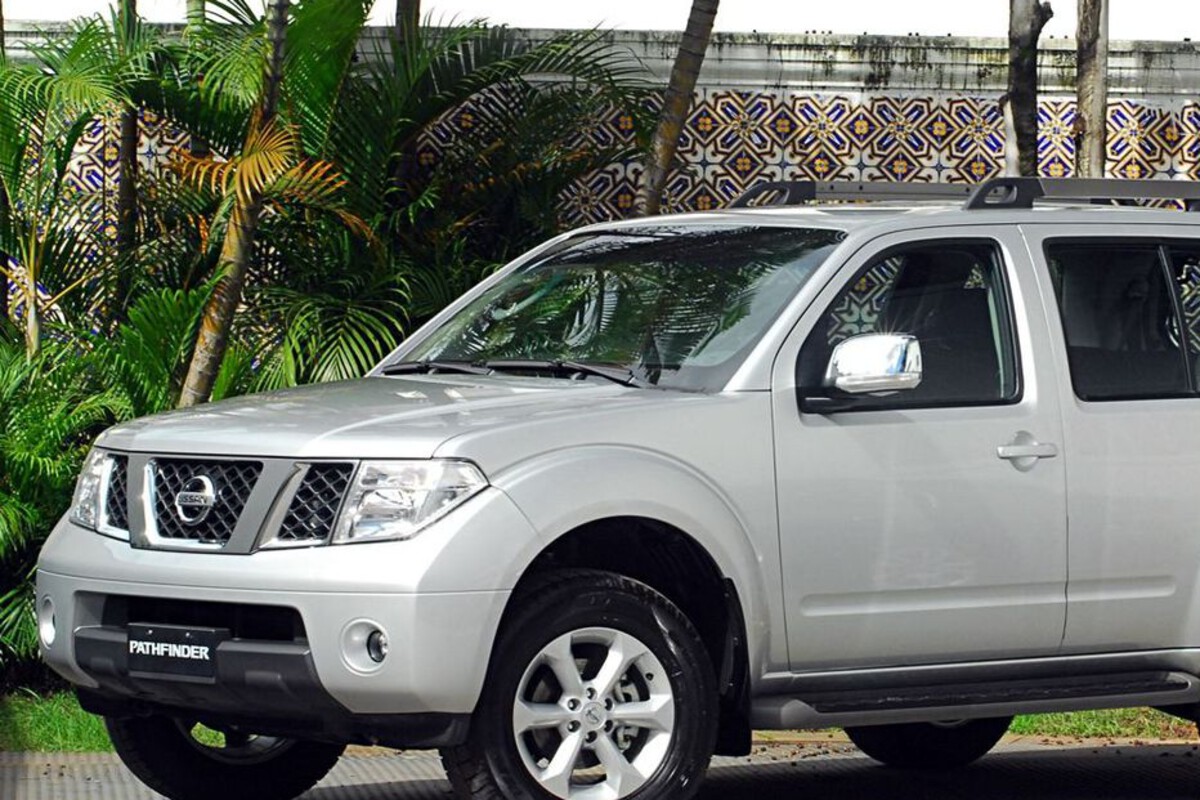
4. Nissan Pathfinder (2005–2012)
The Nissan Pathfinder had long enjoyed a reputation as a dependable, rugged SUV. But with the third generation (R51), introduced in 2005, Nissan’s midsize contender stumbled badly. On paper, the Pathfinder offered all the right features: body-on-frame construction for off-road durability, a strong V6 engine, and spacious third-row seating.
Unfortunately, what buyers got was a vehicle plagued by serious and costly mechanical failures that emerged with disturbing regularity.
The most infamous issue involved a coolant leak that could contaminate the transmission—a design flaw often referred to as the “strawberry milkshake of death.” In this scenario, coolant from the radiator would mix with transmission fluid due to a failed internal seal.
The result? Complete transmission failure, usually between 80,000 and 120,000 miles. Replacing the transmission and radiator typically cost between $4,000 and $6,000, a devastating expense for many owners who had expected the Pathfinder to be a long-term investment.
This wasn’t the Pathfinder’s only problem. Timing chain tensioners, fuel level sensors, and engine mounts were frequent failure points, creating a laundry list of recurring issues. These breakdowns weren’t just isolated cases—they were widespread, prompting class action lawsuits and long threads on owner forums.
For a brand like Nissan, which had built trust through models like the Altima and Maxima, the Pathfinder’s collapse into unreliability came as a surprise. Many buyers who chose it for family duties or weekend adventures found themselves let down by a vehicle that simply couldn’t go the distance.

5. Mini Cooper (Early 2000s Models)
The rebirth of the Mini Cooper in the early 2000s was met with excitement and high expectations. With its iconic styling, BMW-backed engineering, and fun-to-drive handling, the Mini quickly became a favorite among city dwellers and enthusiasts looking for something stylish and nimble.
Unfortunately, what started as a stylish revival soon unraveled into a series of mechanical nightmares for many owners. Despite its German engineering roots, the early Mini Cooper was far from bulletproof, and in many cases, astonishingly unreliable.
One of the most notorious issues involved the timing chain tensioner, particularly in the 1.6L engines found in the base and S models. A faulty design led to chain slack, which caused noise and eventually complete engine failure if left unchecked. For such a compact car with a sporty image, such a critical failure was deeply disappointing.
Add to that common problems like power steering pump failures, water pump leaks, and thermostat housing cracks, and you have a vehicle that frequently leaves owners stranded or burdened with high repair bills.
Electrical issues were the final nail in the coffin. Failing window regulators, dashboard lighting glitches, and malfunctioning keyless entry systems all contributed to a frustrating ownership experience. Repairs were expensive and often required specialized tools and knowledge, meaning many owners had no choice but to go through Mini or BMW service departments, where costs quickly added up.
For a car that was supposed to be cute, compact, and carefree, the early Mini Cooper shocked its owners with how frequently and dramatically it broke down.
Also Read: 5 Best and 5 Worst Ford Eco-Boost Engines To Know
Reliability may not always make the flashiest headlines, but it remains one of the most critical factors in determining a vehicle’s true value. As we’ve explored in this article, the gap between dependable vehicles and those that shock with their shortcomings can be surprisingly wide, even within the same brand or market segment.
The five record-setting vehicles highlighted here—the Toyota Corolla, Honda Civic, Lexus LS 400, Ford F-150, and Subaru Outback—did more than just perform well. They built long-term trust with drivers, proving their worth not just for years, but for decades.
What these reliable legends share in common is a commitment to engineering discipline. Their manufacturers didn’t overcomplicate the formula; instead, they refined it, focusing on mechanical integrity, simplicity, and tested components. Many of these vehicles utilized engines and transmissions that were tuned more for consistency than high output.
While that may not have thrilled performance enthusiasts, it thrilled owners who got 250,000 or 300,000 miles from a car that still started every morning and passed annual inspections with ease. Reliability, in these cases, wasn’t a feature—it was a defining characteristic, built into every nut and bolt.
These vehicles also benefited from being accessible. Parts were plentiful, maintenance was straightforward, and issues—when they did arise—were often predictable and affordable to fix. That ease of ownership played a significant role in how long these vehicles remained on the road.
In an age where technology and complexity sometimes get in the way of longevity, these models proved that user-friendly design is often the most sustainable. It’s no surprise that many of these vehicles have dedicated communities, passionate fan bases, and second or third lives after their original owners have moved on.
Conversely, the vehicles that shocked everyone with breakdowns offer a powerful cautionary tale. Whether it was the catastrophic transmission issues in the Ford Explorer, the recurring timing chain failures in the Cadillac CTS, or the infamous “strawberry milkshake” disaster in the Nissan Pathfinder, these breakdown-prone models weren’t just inconveniences—they were outright betrayals of consumer trust.
And the shock factor came not from obscure design flaws, but from how widespread and consistent these failures became. In many cases, they weren’t just occasional hiccups—they were systemic problems that tarnished entire model years and brands.
These problem vehicles remind us of the risks of over-promising and under-delivering. Some were burdened by rushed development cycles, while others suffered from poor supplier quality or cost-cutting measures that compromised the final product.
For consumers, these breakdowns weren’t just financial headaches—they were emotional disappointments. People buy vehicles expecting them to be a part of their daily lives, their work, their families. When they fail unexpectedly and repeatedly, the damage goes beyond the mechanical; it breaks trust and impacts long-term brand loyalty.
But perhaps the biggest takeaway from both groups of vehicles is this: reputation isn’t everything. Some of the most reliable cars in history weren’t always considered cool or cutting-edge. Some of the most breakdown-prone models started with hype and promise, only to fall apart under real-world use.
That’s why it’s so important for consumers to look past the marketing and dig into real ownership experiences, long-term reliability data, and the design philosophy behind a vehicle.
In the end, cars that go the distance don’t just offer a smooth ride—they offer peace of mind. And vehicles that fail us, no matter how stylish or advanced, remind us that engineering excellence still matters.
Whether you’re buying new or used, the stories behind these ten vehicles provide valuable lessons in what to look for—and what to watch out for—on the long road ahead.
